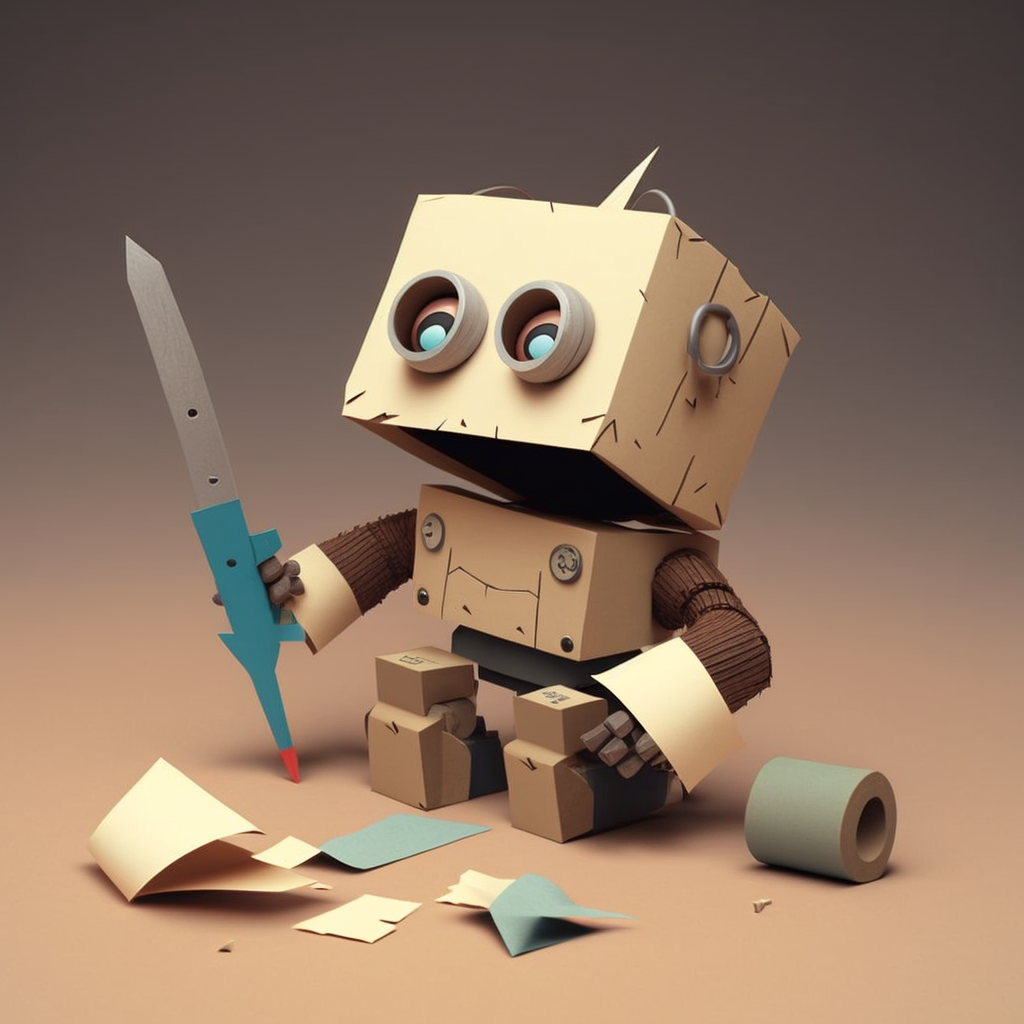
In recent years, Non-fungible tokens (NFTs), increasingly branded as “digital collectibles”, have taken the world of art and crypto by storm. With skyrocketing trading volume and a slew of celebrity endorsements, NFTs are a growing topic of conversation in the general public. If you’re reading this, you may already be wondering how to start an NFT collection. But a more important question you must ask yourself, however, is how you can start a successful one.
In this short but comprehensive guide, we’ll walk you through the fundamentals, step-by-step, to help you on your way in creating your very own NFT collection!
NFT Collection Types
NFTs/digital collectibles come in many forms, each with their own unique characteristics. So before we begin, it might be wise to have a quick refresher on some of the most popular collection types in the space today. These include:
PFP (Profile Picture)

In 2017, CryptoPunks revolutionized the world of digital art and identity with their 24×24 pixel art PFPs. Despite the many advancements in the industry since then, these remain a popular choice, as people choose to represent themselves with their PFPs online.
Examples: Moonbirds, Bored Ape Yacht Club, Curious Addys.
Membership

Grant holders exclusive access to a community, or specific and restricted parts of said community. Membership collections are often built by established, trusted, or noteworthy creators in the space. What constitutes a membership has become muddled over time, as most NFT collections today participate in some form of token-gating (restricting some features or access only to token-holders). That being said, most people who buy into a membership collection do so because of their trust in the team and what they can deliver.
Examples: Proof Collective, The 333 Club
1/1 Art

A collection in name alone, these are among the most scarce form of NFTs, as only one unique copy is created and can be held at a time.
Many artists favor this approach of 1/1s (also called single editions) in conjunction with a mix of other strategies, including making some pieces limited editions (limited by a set number of copies and/or time to mint them), or open editions (no time limit to mint).
Examples: Beeple, XCOPY, Michah Johnson
Generative Art

Defined by artwork created with algorithms, or other autonomous systems. This differs from AI art, which, although also generated, is trained on vast datasets. These collections are a popular form of art within the NFT community, celebrated for its embrace of cutting-edge technology and innovation.
Examples: Autoglyphs, Art Blocks
On-chain

Interestingly, despite the decentralized nature of blockchain technology, most NFT collections do not store all of their information directly on the blockchain, due to cost or other practical considerations. Instead, what is typically found on-chain are links pointing to the actual content stored off-chain.
On-chain collections, however, differentiate themselves by taking pride in storing all aspects of their collection entirely on the blockchain.
Examples: Nouns, Onchain Monkey, Chain Runners
Games

Incorporates NFTs or other blockchain-based elements into their gameplay. These games often feature P2E (play-to-earn) mechanics, allowing players to earn cryptocurrency or other tokens as a reward for playing the game.
Examples: Axie Infinity, Wolf Game, Gods Unchained, Sunflower Land
Collectibles

Think trading cards, but as NFTs on the blockchain. Commonly found as sport card collectibles, digital tabletop games, or meme memorabilia.
Examples: NBA Top Shot, Swoops, Blokpax.
Virtual Land

Allow players to own and develop their own plot of land, construct a home, create the world around them, and host games and events. If you’re a fan of Minecraft, you’ll quickly realize the similarities in concept and gameplay.
Examples: The Sandbox, Decentraland,
These are only a few examples of the various types of NFT collections that exist. It’s important to take the time to research and familiarize yourself with each type before deciding which one is the best fit for your project. Additionally, it’s worth noting that these categories are not set in stone; many collections incorporate elements of multiple types. For instance, many PFP collections today also incorporate aspects of membership collections, by restricting access to certain areas of their community to token holders only.
With the proper knowledge and creativity, it is entirely feasible to design an NFT collection that suits your needs.
How to Start an NFT Collection: Before Launch
In our experience, many projects fail before they even get off the ground. This may, in some part, be due to a false perception of easy profits or an overzealous attitude. However, the root cause is often a failure to properly evaluate and plan before beginning. To avoid this, we recommend a four-step process: Define your purpose, conduct thorough research, develop a plan, and make informed decisions.
Define Your Purpose
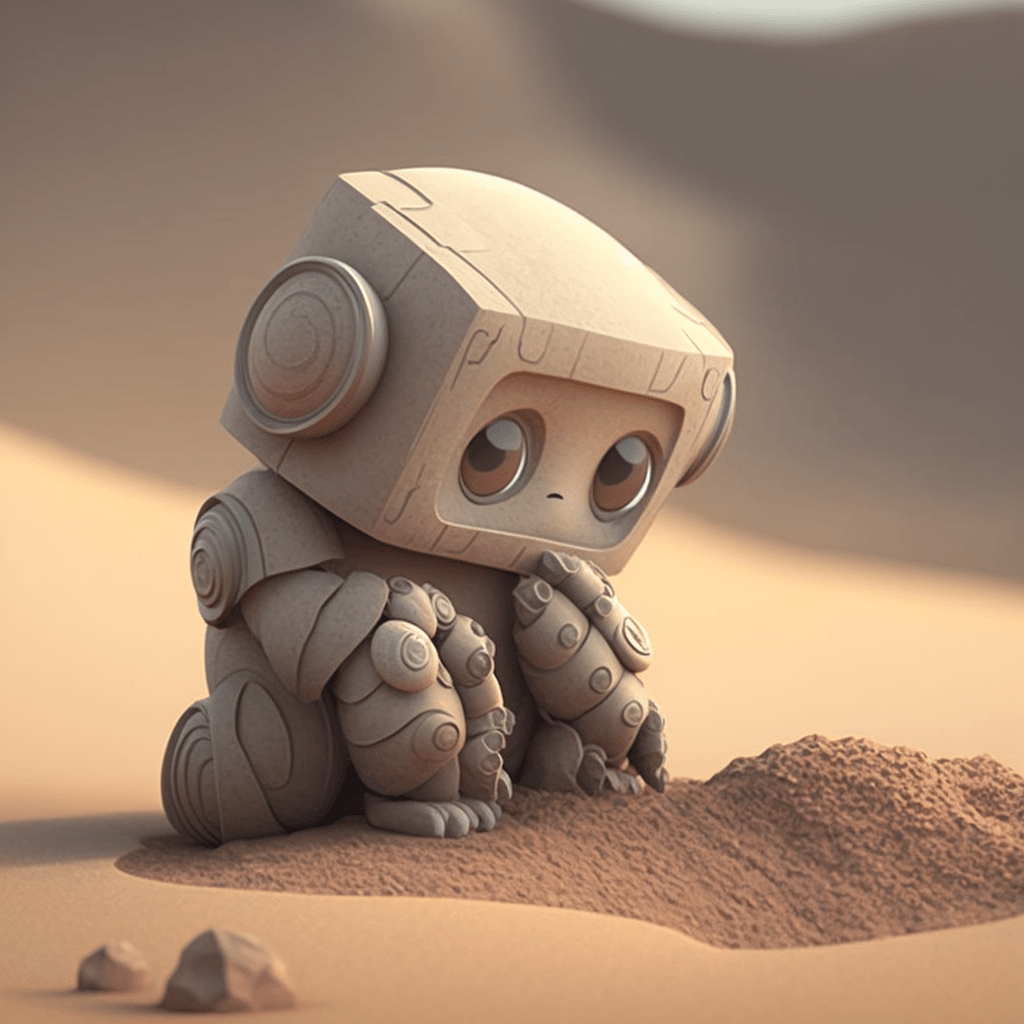
Before embarking on any project, it’s essential that you first determine your ultimate goal and purpose. This should be the guiding principle for all of your decision making and steps you take. It is crucial to ask yourself, what are you trying to achieve with this project? Is it to create a brand, a business, a product, a service, a community, or a piece of art? Is a mix of the above? Something else entirely? Take time to consider this question thoroughly.
Remember that owning an NFT can hold different meanings for different people. For some, it serves as a status symbol or social proof. To others, it’s a way to connect with like-minded individuals or join a community. And for others still, it’s just a payday or a means to flip their way into buying something they actually want. Whatever the reason may be, it’s important to have a clear understanding of your goal and purpose, along with how you believe your collection will be perceived.
Conduct Thorough Research

According to data from Nansen, in just the first half of 2022, over 28,000 collections launched. More than half of those were distributed as free mints. Of the projects that made any money at all, nearly 2/3 raised less than 5 ETH.
We share this info for two reasons. First, so that you establish realistic expectations: your project, no matter how amazing, is one of tens of thousands, and the difficulty in standing out is only bound to increase as more and more people come into the space. The second reason we’ve shared this info is to see if it came as a surprise to you. If it did, we gently suggest that you roll up your sleeves and prepare to do more research.
The NFT market is constantly shifting, and advice that worked last year (or even last month) may not work today. Even still, it’s important to keep these trends in mind and stay updated on the current market conditions, particularly in the immediate months surrounding your launch.
Consider factors such as your collection size and mint price when launching your own project. This is a critical decision worth a lot of consideration, as a mistake here can mean the difference between people buying your NFTs, or not.
Your collection size is—you guessed it—the amount of NFTs you plan to hold in your collection. As previously mentioned, for the longest time, the gold standard in NFT collections was 10,000, a figure set by CryptoPunks. This was reinforced in 2021 with a slew of new NFT projects including Bored Ape Yacht Club, Doodles, World of Women, and more.
Even today, 10k projects remain a go-to standard. But increasingly you’ll also see deviations from that, as aesthetically pleasing numbers, repeating numbers, and vaguely cringeworthy memes (420, 6969, etc.) can be seen. Whatever you choose, give it some thought: setting your collection size is an essential part of establishing the community you’re trying to build.
Similarly, you need to give a lot of thought to the mint price. Carefully consider it. What has worked well for projects similar to yours? How does your price compare to your collection size? What would you feasibly pay for a project like yours if you were to encounter it in the wild TODAY?
When we launched Curious Addys in November of 2021, 0.08 ETH per mint was the unspoken sweet spot. Since then, we’ve seen many new mint strategies emerge, with mint prices going in every direction. In the past couple of years we’ve seen prestige/luxury brands and elite membership collections launched for several ETH a piece. On the other end, relatively unknown creators have explored price points between 0.01 – 0.04 ETH. Some collections launch for nothing at all: free mints regularly take the spotlight during crypto crashes and bear market conditions.
Where do you see yourself in all of this? Keep in mind that there are no hard and fast rules when it comes to NFT pricing. The final decision is yours.
Develop a Plan
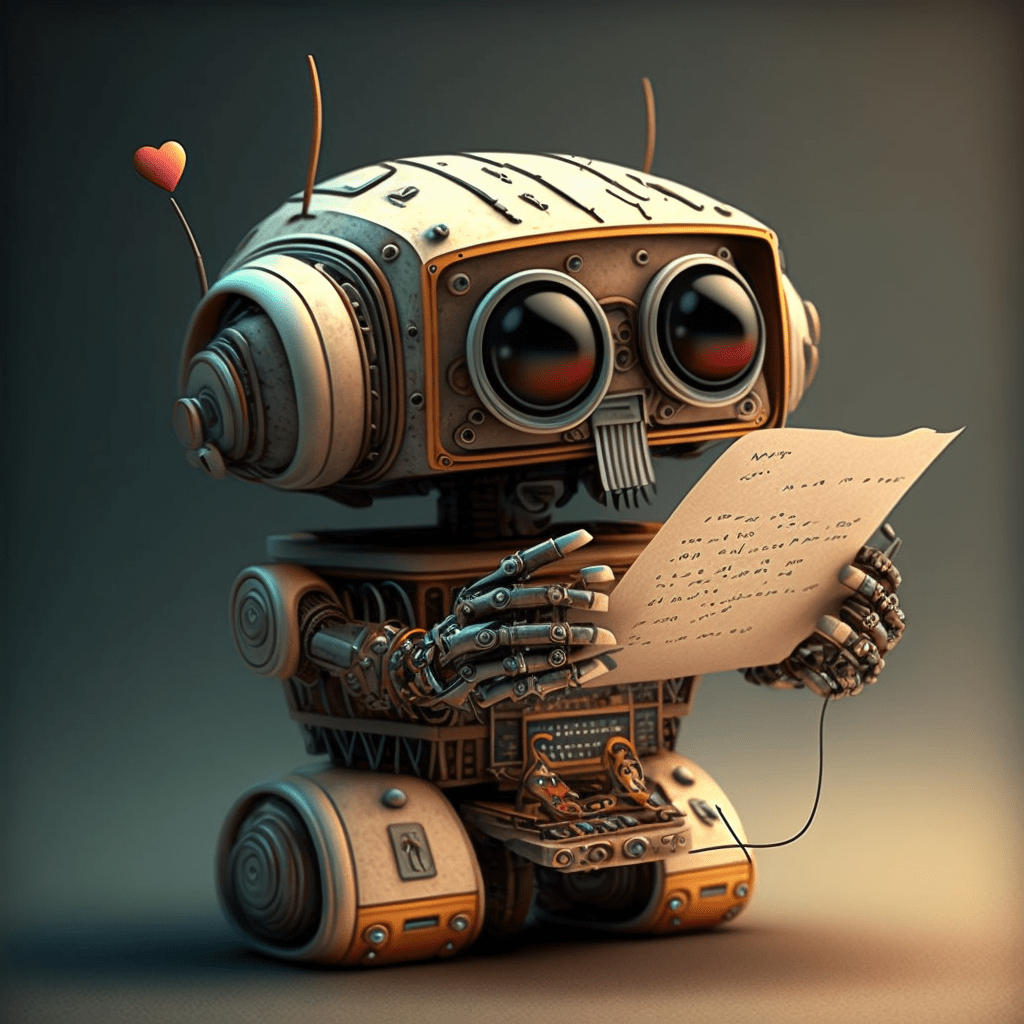
Much like defining your purpose, this stage is often overlooked and neglected, even though it is essential for success.
Many people falsely assume that they can launch their project and then build up a community around it. However, that sort of thinking is the kiss of death. The truth is actually reversed: launching a project without prior community building is unlikely to be successful.
Establishing relationships and building a reputation in the industry is crucial for gaining the trust of potential supporters and differentiating your project from anonymous or unreliable ones. It should come as no surprise that most people are generally reluctant to take a chance on something unknown in the space. This means that you need to be actively networking, establishing meaningful connections, and engaging with others in the community.
Building trust and reputation in web3 is an organic process that cannot be achieved through the use of bots or influencers. To the chagrin of those looking for a shortcut…there is no shortcut. The key to building a positive reputation in the space is genuine, meaningful engagement with the community and/or delivering on what you set out to do.
Goblintown serves as a prime example of a project that managed to do this while successfully using a chaotic yet strategic approach. They used broken English and an irreverent tone, all the while deliberately going against the trends of the space. They famously advertised: “No roadmap. No Discord. No utility.” They held Twitter Spaces filled with meaningless grunts and babbling. They showed an immense creativity in their urine-related puns. Such actions would have sunk other projects, but Goblintown’s tone was consistent, unified, and authentic, which, despite the ridiculousness of it all, worked entirely in their favor. And that was before Truth Labs even admitted that they had created it.
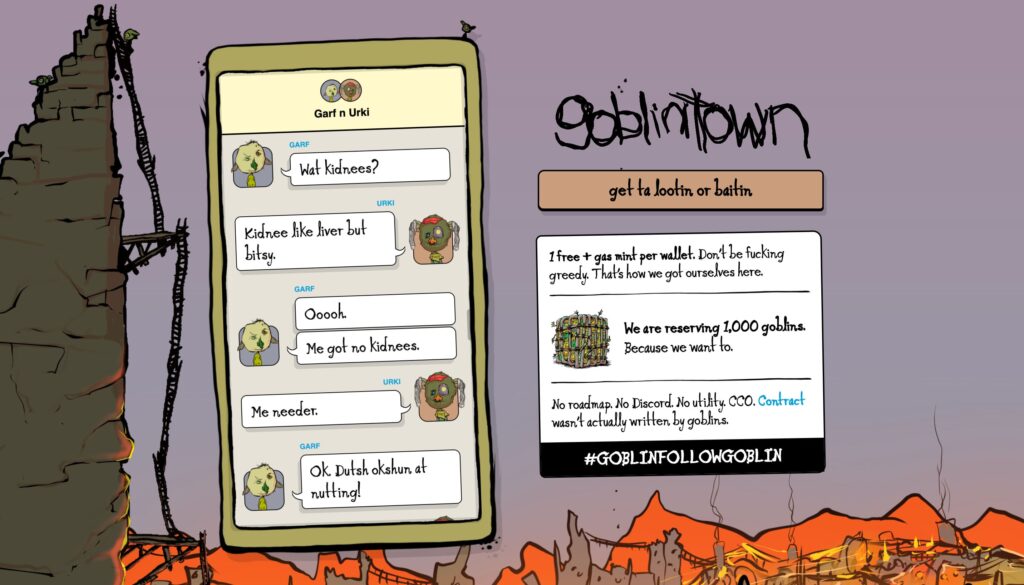
Remember that community building and establishing your own distinctive voice and tone are ongoing efforts. Prioritize it throughout your collection’s lifetime, not just in the run-up to launch day. Are you trying to be an expert in a particular field? A lighthearted and jovial community? Are you just here for the memes? You need to find what suits you best before getting too far invested into your collection. If you don’t know who you are, your customers won’t either.
Developing a plan for how you’ll stand out in the space now will not only keep you from being unnoticed and left behind, it’ll also spare you a number of headaches later down the road.
Make Informed Decisions
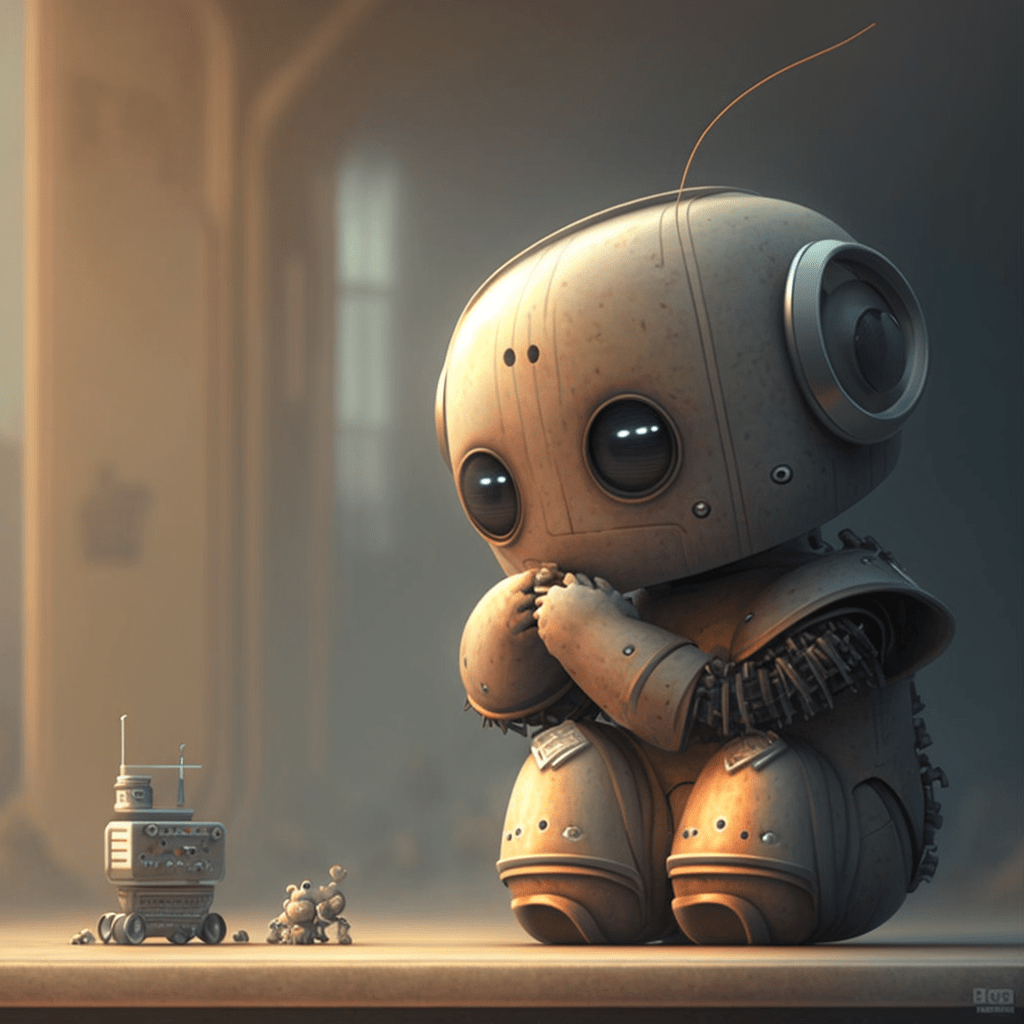
So you’ve done your research and developed your standing in the community. Great! Now what? Well, now you’ve got some decisions to make. Scratch that, you have dozens of decisions to make.
One of the earliest and most important decisions you’ll have to make is choosing which blockchain to use for your collection. In simple terms, a blockchain is a secure public ledger and data repository for all transactions and events. NFTs are NFTs because they reside on a blockchain (if they didn’t, they’d just be digital art or assets indistinguishable from each other). While Ethereum is by far the NFT standard with the largest market, it’s not the only game in town. Tezos, Solana, Flow, Polygon and many others all have their own thriving NFT communities.
That being said, when we made Curious Addys, we used Ethereum; a decision we continue to stand by. Ethereum has solid tech, great support for developers, the largest market share of any NFT blockchain, and the security and stability that is sometimes lacking in other blockchains. It is worth mentioning, however, that many businesses taking the leap into NFTs like Starbucks and Reddit have done so on Polygon.
This is also the time in which you should come to a decision about what type of NFT collection you plan to launch, if you haven’t already. With all this information in mind, you can make well-informed decisions that align with your goals and purpose.
Furthermore, while we touched on it in Conduct Thorough Research, this is also the time in which you should be deciding on your collection size, mint price, and royalty rate. The right combination of these three key factors can greatly affect your appeal.
But what’s a royalty rate?
The royalty rate is the percentage of every NFT resale that goes back to you. Historically, the standard was 5-10%, but in recent years there have been numerous experimentation with different rates. Some creators have even decided to forgo their royalty rate in the hope of attracting prospective collectors. Similarly, several NFT marketplaces have experimented with whether or not to enforce royalty rates on their platform.
Whatever rate you choose, keep in mind that relying solely on royalties is not a sustainable business model, as it assumes a high trading volume and consistent sales. That is simply not possible except for perhaps the biggest collections, and even they are pursuing other sources of revenue.
One last aspect to consider when pondering how to start an NFT collection is the utility of your tokens. These days, many NFT collections will give you access to a specific, members-only, token-gated channel in Discord. Some will also go out of their way to identify particular traits in their collection and offer special perks to those holders, such as access to physical or virtual events, tangible rewards like clothing or physical prints, and more. Deciding on the utilities to assign to your NFTs (if any) is a balance of creativity and practicality.
How to Start an NFT Collection: Making It
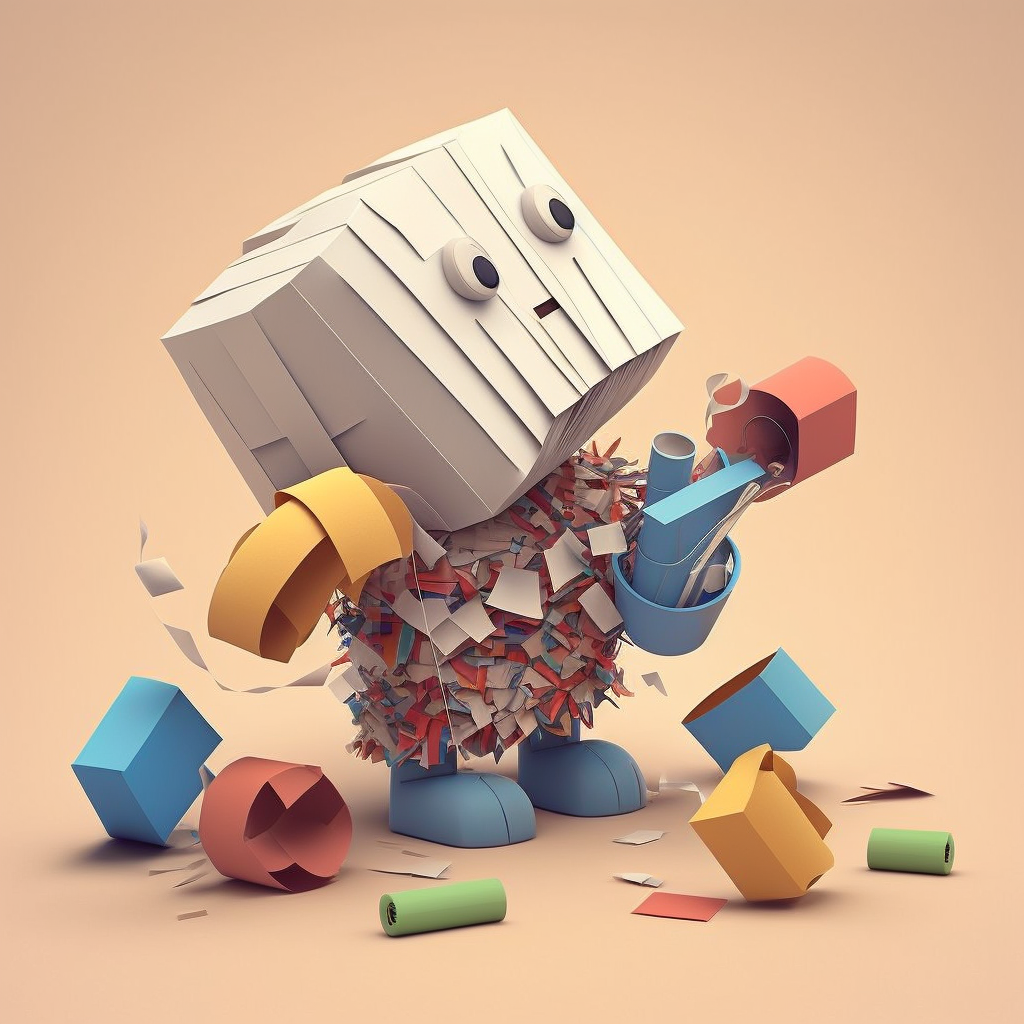
So now that you know how to start an NFT collection, all you have to do is make it. Easy, right? Well, not quite. Are you a solidity engineer or at least a proficient computer programmer willing to learn another language? Are you familiar with smart contracts? If you said yes, congrats, you just might be able to pull this off yourself. For the rest of us, keep on reading, because this can get a little bit tricky.
Smart contracts are an essential component of any NFT collection. As Wikipedia will tell you, they are “computer programs or transaction protocols which automatically execute, control, or document events and actions according to terms of a contract or an agreement”. In other words, they govern every aspect of your collection, including the minting, buying, selling, and trading of your NFTs. Smart contracts also assign a unique token ID to each NFT, which is the identifying feature that makes its uniqueness verifiable.
Note: Solidity is the programming language used by developers on the Ethereum blockchain. But it should be noted that different blockchains have different requirements. If you’re planning to launch on Solana, for example, you better brush up on Rust.

However, if the technical aspects of smart contracts are something you just can’t wrap your head around, there are now user-friendly platforms and tools that make it easy for anyone to create and manage an NFT collection, even without a background in programming.
That’s why we built Launchpad.
Launchpad is a go-to solution for creating your NFT collection. Our user-friendly platform provides you with everything you need to get your project out of your head and into the world. From the smart contract setup, to generating art and metadata, to creating and managing your allowlists, we provide you with everything, even down to the mint button. With Launchpad, you have all the tools you’ll ever need to launch your dream project.
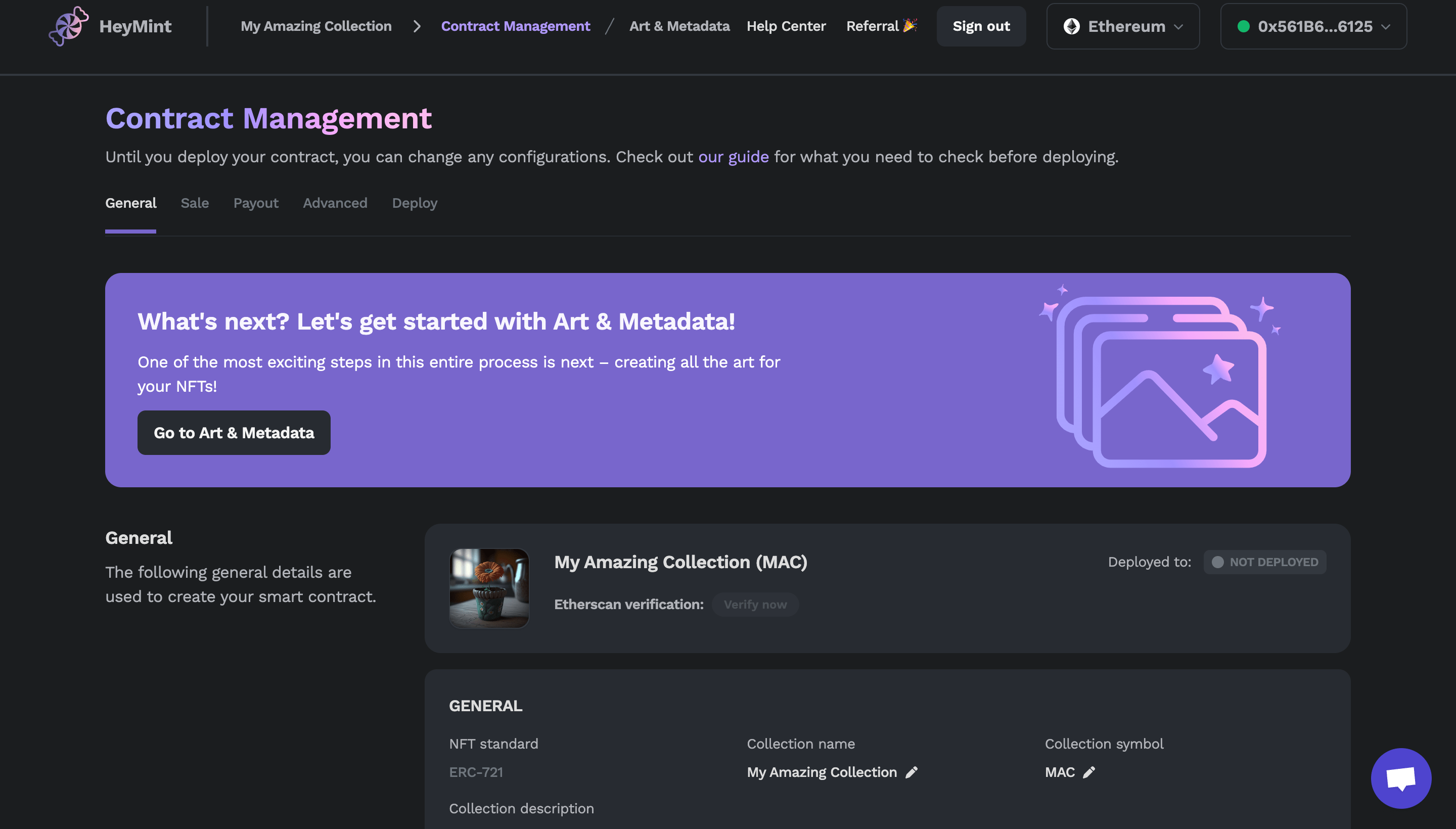
When you make a collection with Launchpad, our handy art generator does the heavy lifting for you. Take a peek at how you can use NFT art generator layer rules to create your NFTs!
So to recap, when it comes to how to start an NFT collection, you have one of three options:
1. Build it yourself (if you know Solidity, Rust, or whatever language your blockchain uses).
2. Pay someone (thousands of dollars that could be better spent elsewhere) to write your smart contract for you.
3. Use Launchpad, save a ton of money, and let us help you every step of the way. But how much does it cost to make an NFT collection? You may be surprised!
With that, you have everything set to take your ideas and put them on the blockchain. Good luck and good launch!
How to Start an NFT Collection: Post-Launch
So you’ve launched, made your initial mint revenue, and everything went well (hopefully!). But now that the honeymoon phase is over and hype has died down about your collection, what are you doing to keep it alive?
Continued Promotion

Many founders fail in this space because, even though they’ve made an amazing project, they’re too focused on building and neglect going out into the world with their project. Others are perfectionists who don’t want to talk about their collection until it’s as great as it possibly can be. Some people just get sad and abandon it altogether. All of the above is completely understandable. But all of the above will hinder your growth.
We know it’s not what a lot of people want to hear, but promotion doesn’t end once you launch. Promotion is an ongoing process. Unless you’re a bluechip project that already has millions of eyes on you and people tracking your every move, you will continue having to engage in the public. Remember that every day is someone’s first day in crypto or NFTs. If they found your project today, would they understand it or want to be a part of it? Could they even find it if they tried? Is anybody talking about it?
Marketing is a crucial factor in the success of an NFT collection. And as the market becomes increasingly crowded, it’s all the more reason to stand out from the rest. Some people try to manage this with partnerships, influencers, and advisors in order to gain an edge. Barring a few notable exceptions and limited success in the past, the influence of third parties has greatly diminished in recent years. The market has become cautious and skeptical after experiencing rug pulls, scams, and paid shills. So before you cut that check, realize that influencers do not hold the same sway over the public as they used to.
Thankfully, for now, two of the most popular platforms to build an audience with are free. Twitter and Discord remain the go-to place for those in the crypto and NFT communities. And while 2023 looks to some new potentials, at the time of this writing, nothing has the attention or numbers like Discord and Twitter.
Stay Informed & Be Active
Outside of social media, there are also a number of crypto, NFT, and blockchain conferences held each year. Events like NFTNYC or ETHDenver are great places to network, explore what’s new in the industry, and let others know what you’ve got going on.
Similarly, try to stay informed in the space. Take 15 minutes a day to read up on major developments in NFTs, AI, Crypto, DeFi, business, marketing, and blockchain technology. For a solid start, subscribe to newsletters like: Letters from a Zeneca, Curious Addys, Lenny’s Newsletter, ZenCaps, and Bankless.
Once again though, we must reiterate: you probably shouldn’t pay someone to market your collection for you. Web3 is incredibly suspicious of old marketing tactics, and many strategies which worked before are largely dead in the water today.
There really is no magic solution to getting a lot of attention for your collection. Some may get lucky with a viral tweet or post. Most won’t. In our experience, the best projects are those which consistently deliver value in whatever form of content appeals to their audience.
Community Engagement
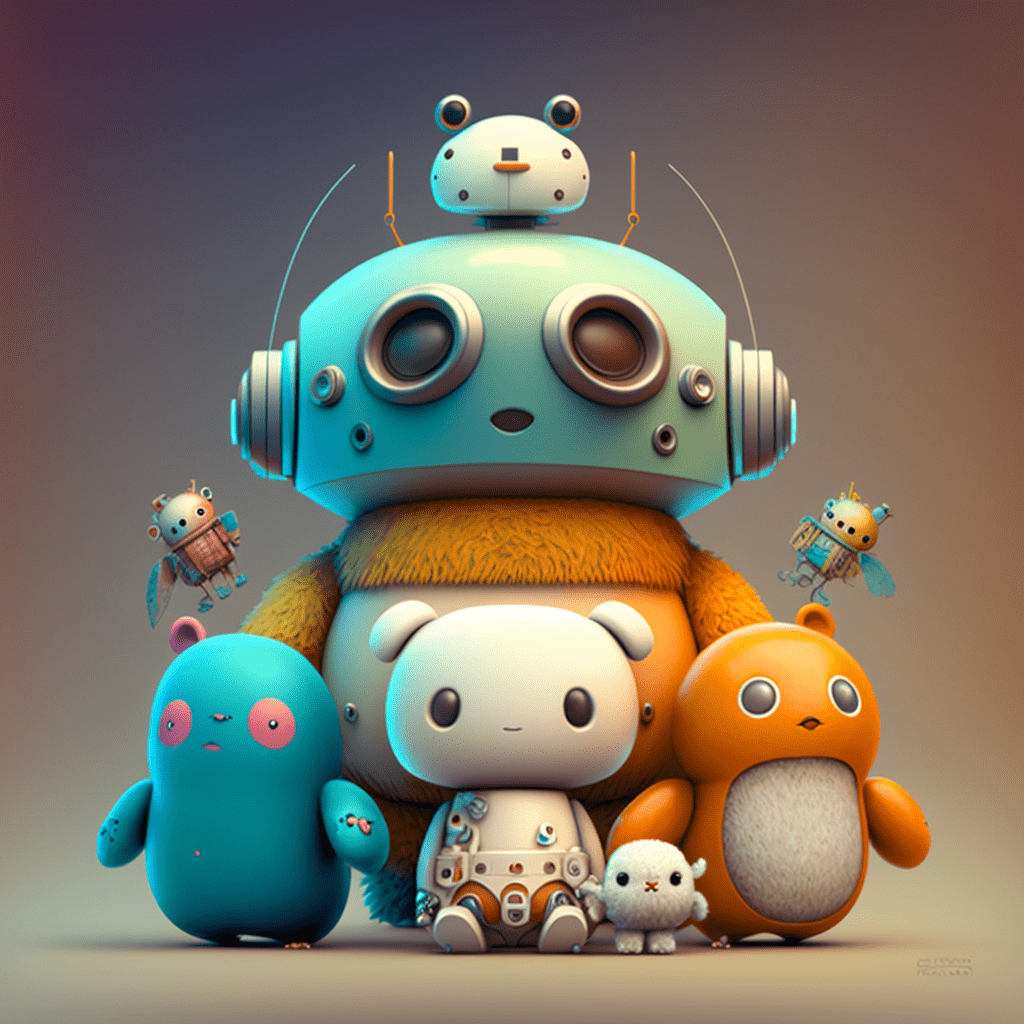
As many founders have told us, community engagement is one of the most difficult things to maintain. That applies double if you’re caught in a bear market. For better or worse (likely worse), the space is not focussed on the incremental, day to day work of building and maintaining one’s collection. What the space knows is FOMO (fear of missing out), hype, greed, and speculation.
That is not to say that you should try to instill any of those things in your community. While FOMO may help pry a quick buck from the most anxious and the impatient, know this—it is becoming progressively less successful over time, as people wisen up to those antics. What’s more, FOMO and speculation may attract people, but they’re the wrong kind of people. Someone who buys into your collection out of FOMO is the same type of person who will abandon your project if they believe they can’t get an immediate return on it. Trusting that sort of audience to build your collection (or even worse, a business built atop that collection) is like building your house on loose, shifting, sand.
Instead, stick with your core audience: trust that those who believe in you and your team will stick with you. Keep them in mind as you work and build in the space.
Building (aka, “What’s Next”?)
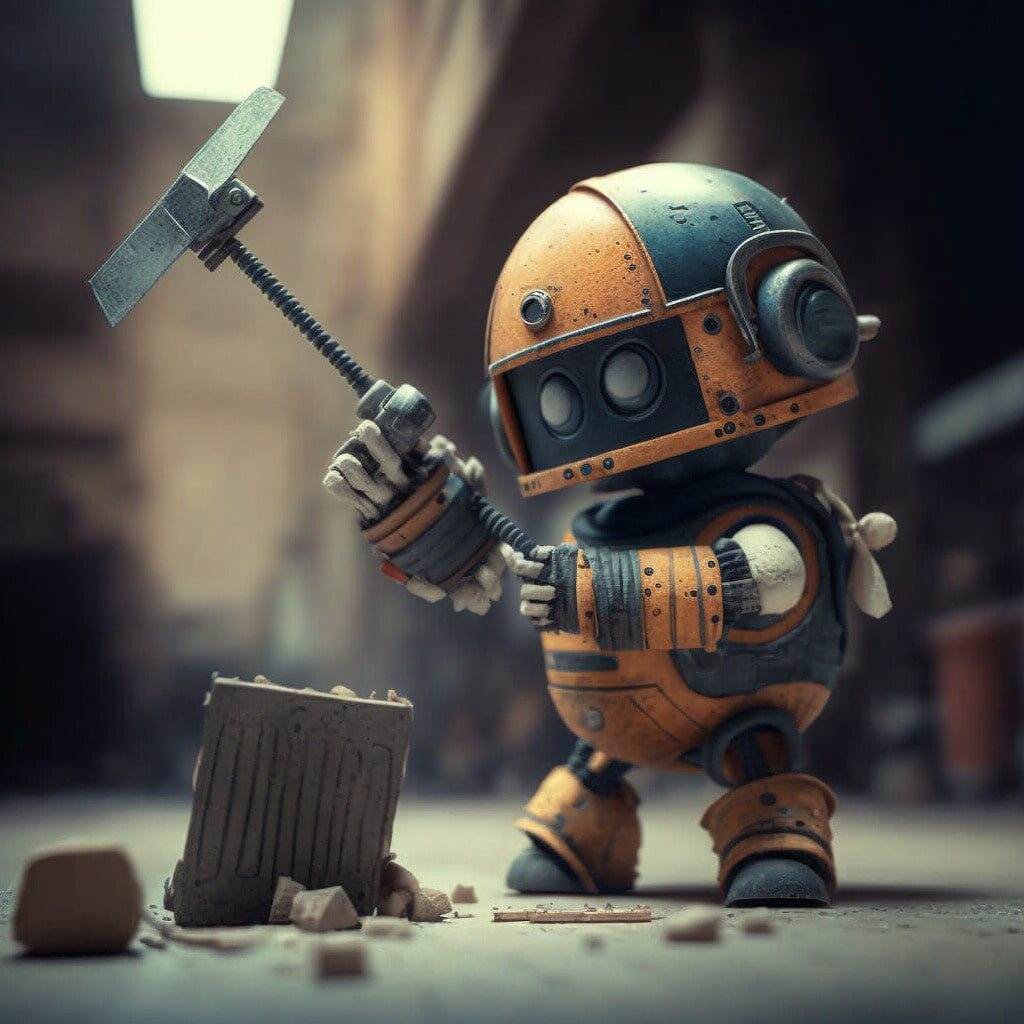
When it comes to making a successful collection, there’s no magic formula. Sometimes it can seem like it’s easier to know what not to do, rather than what you can do. However, by targeting the right audience and finding your niche, you’re headed in the right direction. Just consistently deliver whatever it is that makes you unique and you’ll have set yourself up for success.
Now that you know how to start an NFT collection, the rest is up to you! We wish you the best of luck on your journey.
Further Reading
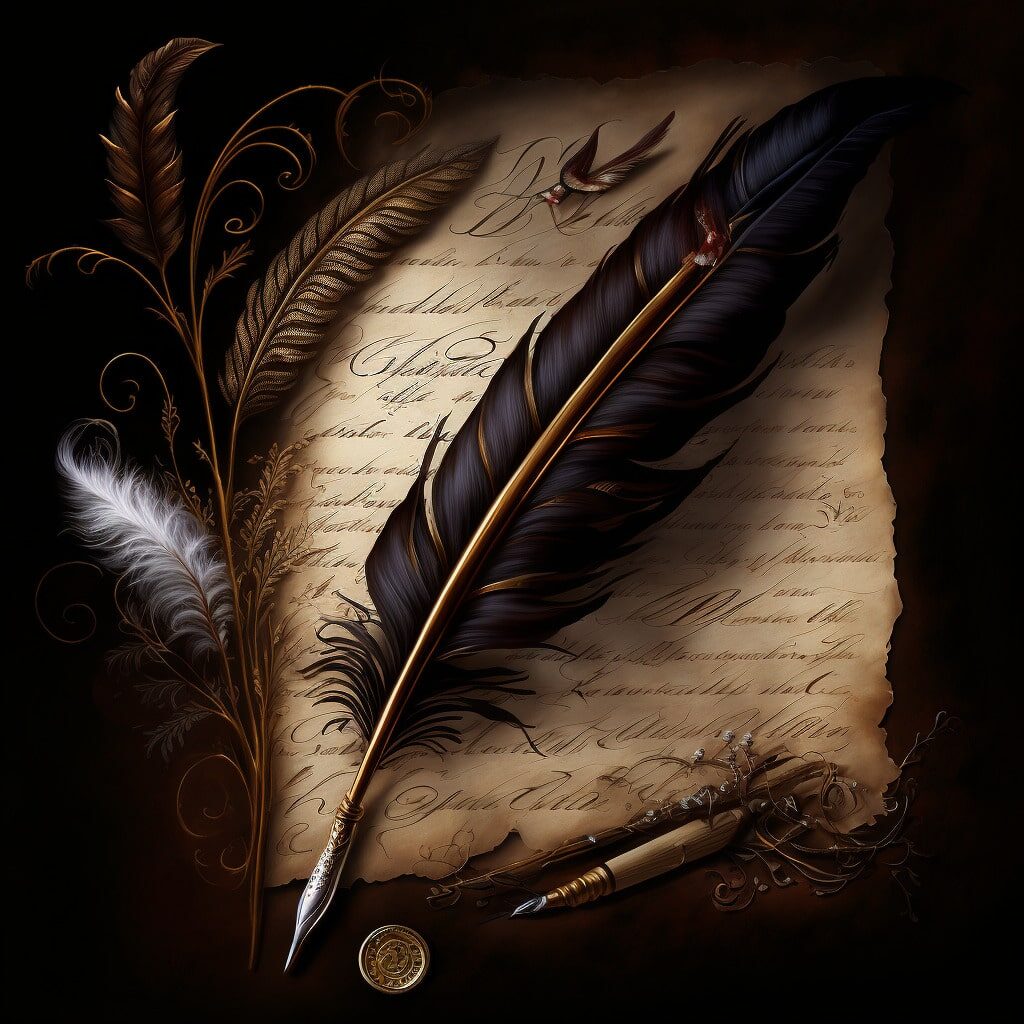
How to Create an ERC-721A NFT Collection With Launchpad
How to Create an ERC-1155 NFT Collection With Launchpad
The Ultimate Guide to Digital Collectibles
How Much Does It Cost to Make an NFT?
NFT Art: 7 Reasons Why You Should Make It
